Sunday Summaries 27/11/2016: Hitman Episode 1 & Axiom Verge
By Mento 0 Comments
Happy Thanksgiving, y'all. Well, it was three days ago, but we're still in the extended Thanksgiving weekend so... enjoy your last day of that? I need to stop publishing these on Sundays, it's a bummer day of the week.
We're now approaching the Holiday Creep; the final month of the year where many of us gear up for the travails of the season. More important than a bastardized Saturnalia, however, is the Game of the Year deliberations happening on Giant Bomb and elsewhere. I have something of an issue with my particular 2016 list of favorites: I didn't play enough this year to fill out a top ten list. Not even close, actually. I'm now considering alternatives to my usual GOTY extravaganza as I'm unlikely to make up the numbers before 2017 rolls around, and certainly not before Giant Bomb starts rolling out its GOTY coverage.
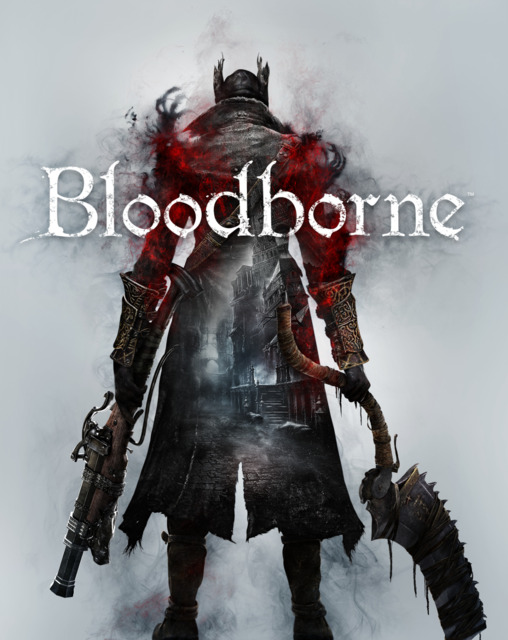
A notion I had was to put together "adjusted" GOTY lists for the previous years. I've never been one to buy games brand new, and that's becoming more prevalent with each new year as more and more games get left behind and I'm more inclined to catch up with what I've missed than to expensively ensure I'm in on the ground floor with each significant release. The big "AAA" games all tend to be iterative open-world action fare and multiplayer-focused shooters anyway, so I don't feel too bad about missing out on those for a few months, and Indies on Steam drop in price extraordinarily quickly, especially if you wait long enough for them to appear in bundles hosted by sites like Humble Bundle or BundleStars (less said about Groupees and IndieGala these days, the better). Because games tech has more or less stalled for the time being, unless you're really intrigued by VR or 4K resolution (I am not), it's actually not such a big deal any more to be a little behind the curve. If you have a favorite genre, there's probably a dozen games to fit that niche that have passed you by. If you have multiple favorite genres, like me, then there's no shortage of wonderful games to delve into. As Vinny always says, there's never been a better time to be playing games - not just because 2016 had a particularly good output of video games, and it did by all accounts, but because there's many, many games out there that many of us have yet to discover. If only on an individual basis.
What that aside basically boils down to, circling back around to that isolate sentence about adjusted GOTY lists that I abandoned in the cold like a Dickensian orphan, is that it's less important for a guy of limited funds - who cannot possibly cover the spread of new releases that the staff of a professional video game site might - to worry about knocking together a top ten GOTY list every year that's nowhere near as comprehensive as I'd prefer. Instead, I ought to focus on collating together the many subsequent years spent playing games of a particular vintage and slowly construct a more authentic GOTY over time.
Ideally, I'd like to be able to do this with more sophisticated list creation tools on the site. I was thinking about how we could use multiple colors to reflect when new games were added to a list and how far games have dropped in ranking as new entries supplant them - so 2016 games played in 2016 would be the site's standard white-text-on-black, while 2016 games played in 2017 might have a green tint and 2016 games played in 2018 could have a blue tint, etc. - but I think for that amount of additional engineering manpower to make sense, there would need to be more than three people actually making lists. But hey, a lot of people put together GOTY lists around this time every year, so it's not that ridiculous a notion.
Anyway, this intro's gone on long enough. I'll start putting together an adjusted 2015 list, since that's definitely the year that got the most play from me of late, and consider going even further back after that's been sorted. As for 2016 games... well, a top six list is still pretty good, right? Right?
OK, fine, I guess I'll swing around the Black Friday Steam sale one last time.
New Games!
As if I wasn't swamped enough with games on the backlog to check out, this week serves to add even more to that growing pile. Well, OK, there's really just one game I have my sights set on this week, but it's a doozy:

After over a decade in development, Final Fantasy XV is getting released this Tuesday (well, unless your local store already broke embargo, in which case good for you, you dirtbag). They probably should've named this "Fucking Finally, Fantasy". I'm on total media blackout for this one - I'm even going to avoid the Quick Look, but that's mostly because no-one on staff really does JRPGs well besides Jason and his anime MonHun clones - and intend to go into it fresh as soon as... well, as soon as I feel it. All I really know about FFXV is that S-E took the complaints people had about how every Final Fantasy XIII location only allowed you to move in one direction, and spitefully made that critique more literal by sticking One Direction in this game. There's no point considering it for GOTY this year, because there's no guarantees I'll even be able to beat it before January rolls around, so it's going to have to be something to look forward to in 2017. (If that wasn't enough, I've also stacked that particular deck with a couple of 2015 JRPGs for January and February as well: Xenoblade Chronicles X and Tales of Zestiria. You know how it is with Winters and long hibernations...)

Super Mario Maker for Nintendo 3DS is out soon as well, though I'm still scratching my head and wondering what the point of it is. I mean, I know the reason it's getting made is because dollar signs appeared over Tatsumi Kimishima's eyes (and I still had to look up who the current president was. RIP Iwata. I guess I'll get used to it) with the success of the Wii U version, and if Nintendo wants anyone to play their games they'd better release it on their far more successful handheld. I'm specifically questioning the purpose of a Mario Maker game without the level-sharing tools the Wii U version has. It's funny - when that game came out, people were not only surprised that the "make your own Mario level" conceit had legs to it, but that Nintendo had done something genuinely cool with online functionality for perhaps the first time since the Satellaview. But now it seems more like it was pure serendipity; that they had no idea what they did right and are obliviously backpedaling on it. I'm sure this 3DS version will appeal to those who have been pondering a Wii U console purchase just for that game, and possibly Bayonetta 2 and a handful of other exclusives (see Xenoblade Chronicles X above as well), and are now grateful that they don't have to go through with buying an expensive doorstop that has more or less died on its ass at this point. For everyone who already has the game, though? Ehhh.
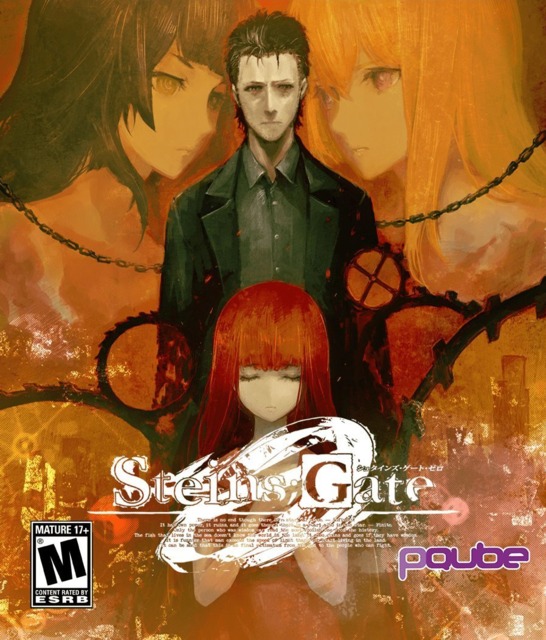
Steins;Gate 0, the prequel/sequel/spin-off to Steins;Gate, is also coming to both current Sony consoles this week. It's considered one of the better visual novel series out there, with a time-looping game mechanic that allows for multiple endings and a whole lot of convoluted sci-fi time-travelling goodness. Non-coincidentally enough, the original Steins;Gate is also coming out for PS4 around the same time in Europe (it's already out here, in fact) and North America. The original game was first released as far back as 2009 in Japan, but it wasn't until the fairly recent PS3 (late 2015), iOS and Steam (both in September) releases that folk got to play an official English version. At any rate, this is one of those visual novel series like Danganronpa that I've been meaning to jump into for a while, so it's firmly on my radar. Final Fantasy XIII-2 and Radiant Historia were Japanese games that did some interesting things with the concepts of time paradoxes and adjusting a narrative through tinkering with the past, and I can only imagine both were inspired by Steins;Gate to some extent.
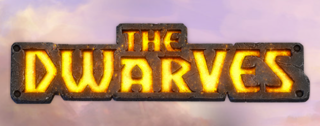
The Dwarves is the newest release from King Art Games, the guys behind the superlative graphic adventure series The Book of Unwritten Tales. This RPG looks a mite more serious than the parodic pulp of TheBUT, and is apparently based on a novel that I imagine was only big in King Art's native Germany (though that didn't hurt the international appeal of The Witcher and its similar Poland-centric start). It still looks incredible and appears to have something of a Baldur's Gate: Dark Alliance flavor to it; as in, a bridge between the mindless hack and slash of Diablo and something with a little more tactical flair to it such as the original Baldur's Gate titles - it even has the same tactical pause feature for its real-time combat. Plus, it's fantasy Dwarves. Who doesn't like those guys? Beer and gold and axes and shitting on the elves. I guess I'll reserve judgement until a few critics get their hands on it, but King Art Games has given me plenty of reason to trust them.
Last one this week, Ubisoft's Steep is out just in time for some Wintery fun on the slopes. And by fun, I mean horrific injury-inducing falls and spills. You will believe even the powderiest snow can break bones with Ubisoft's extreme Winter sports game, the first of theirs I believe where the mandatory climbing of the tallest structures around actually makes some sense. I'm not holding out a lot of hope that the game will be something I want to play - this genre peaked, so to speak, with Amped 3 - but I am anticipating a lot of enjoyable footage in the vein of Skate 3's wipeouts and crazy glitches. If nothing else, creating the douchiest rich kid snowboarder you can imagine then have him realistically shatter every bone in his body by jumping off cliffs sounds like... why are you all looking at me like that? It's been a rough year, we all need some release.
Wiki!
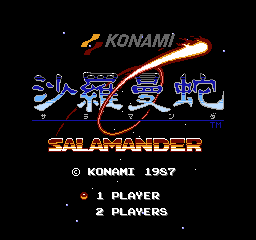
Right, turns out that the Nintendo Entertainment System had quite a busy year in 1987 after all. Thankfully the majority of the Japan debuts appear to be Famicom Disk System games, and I completed that wiki project some time ago. Even so, there's a huge number of releases in the latter half of the year that I wasn't anticipating, and the progress for this little catch-up project has slowed to a crawl: I only muddled my way through July '87 to the first half of October '87. All the same, it's highlighting a lot of work that was originally left on the table, and I'm especially thankful that I'm able to fix the mistakes that I myself made years back. I'd be glad that no-one seems to be visiting those pages and seeing the errors, but that also puts a damper on the work I'm doing now. Well, someone out there appreciates it. Jeff, possibly.
If it doesn't look like I'm going to finish the 1987 list by next week, I might just stick it on the back burner and move onto the GDQ wiki project. AGDQ 2017 starts on January 7th, and with everything in December taking my attention I imagine it'll just appear out of nowhere. So far I've taken the list from the GDQ site's schedule and am taking a preliminary glance through to see which pages need work. That schedule is always subject to last-minute changes, though, so I'm going to try to be vigilant as we get closer to the date. Feels like it's too early to celebrate the coming of another big days-long charity stream so soon after Extra Life though, you know?
Hitman: Episode 1: Paris
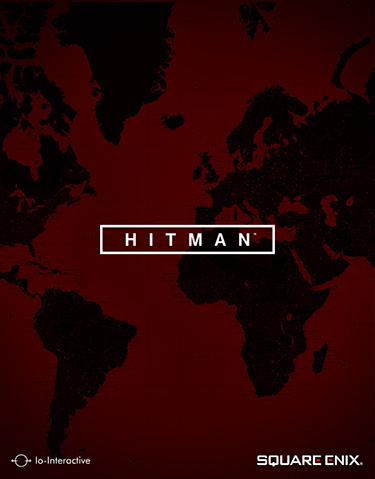
It took some amount of willpower to resist buying the rest of the first season of the new episodic Hitman, so impressed was I with the first episode, but this might actually be a case where I want to plug through each episode individually with some time separating them. When it comes to episodic games I nearly always want to play the next episode immediately after completing the prior, but I realize that's because they've all been heavily narrative-driven. I childishly resent having to wait months for a cliffhanger to be resolved, and so I tend to buy them in bundles when the "season" is complete.
With Hitman however, it does a disservice to the game as a whole to give you too much to delve into at once. Each setpiece episode is built with so many mechanics to explore, so much diversity in how you might take down the assassination targets and so many bonus objectives and additional modes (like the Escalations) to complete. Each episode needs time and space to breathe, as opposed to the more straightforward graphic adventure serials like Life is Strange or anything from Telltale, and this feels like one of the first cases where the episodic format is both beneficial to the developers - they can keep the lights on with the proceeds of the previous episodes as they work on the next - as well to the player.
Of course, once you've bought the entire season you're free to play it as you like. If I were so adamant about the above approach, I could easily just buy the whole thing and limit myself to one episode a month, let's say, and thoroughly immerse myself in that single zone until I feel like I've seen everything it has to offer and can move onto the next. At the same time, I sort of don't trust myself to do that, and jumping between the various episodes - perhaps to net an elusive target unique to that region - for the content tourism seems counterproductive to understanding and appreciating each level's deeper workings. These are quibbles, honestly, but it might be better in the long-run to pick up the episodes individually as breaks in my 2017 gaming schedule open up to accommodate them.
As for Paris, you can read how I got on with this "Putting the Sassin' into Assassin" play-by-play over here. I didn't find a good spot to talk about the two tutorial missions though, and both offer a far more streamlined version of the game in comparison to the immense size of the Paris map (and, from what I've heard, even larger maps for areas like Sapienza).
The boat mission test is fun because of its artifice: the fake boat is surrounded by canvas and wooden walls, with the missile silo-like exterior visible throughout. It's surreal to look up and see a huge cylindrical metal tunnel to the sky from behind the backdrops - it takes a moment to process what you're seeing. The goal is to "assassinate" a jetsetting thief who calls himself The Sparrow, and the tutorial part teaches you all about disguises and how each one has certain allowances for where they can go, the disposing of bodies to elude attention, the suspicion trackers of the more eagle-eyed NPCs who are generally those who are likely to know that you don't belong like those in the same profession or supervisors, acquiring and concealing items from the environment, and using the common tricks and tools of the assassin trade to approach and eliminate the target without getting spotted. Curiously, the game also creates the somewhat unrealistic but recurring element that is the "important VIP that apparently no-one knows well enough to figure out that it's just 47 wearing their clothes", which leads me to believe that the game is set in the same universe as Superman. Just needs a pair of glasses, and 47 suddenly vanishes with nary but a bespectacled stranger where he once stood. I also like that you're allowed to toss people off the boat: presumably there's something down there to soften their fall in lieu of seawater, but 47 doesn't seem particularly concerned either way.
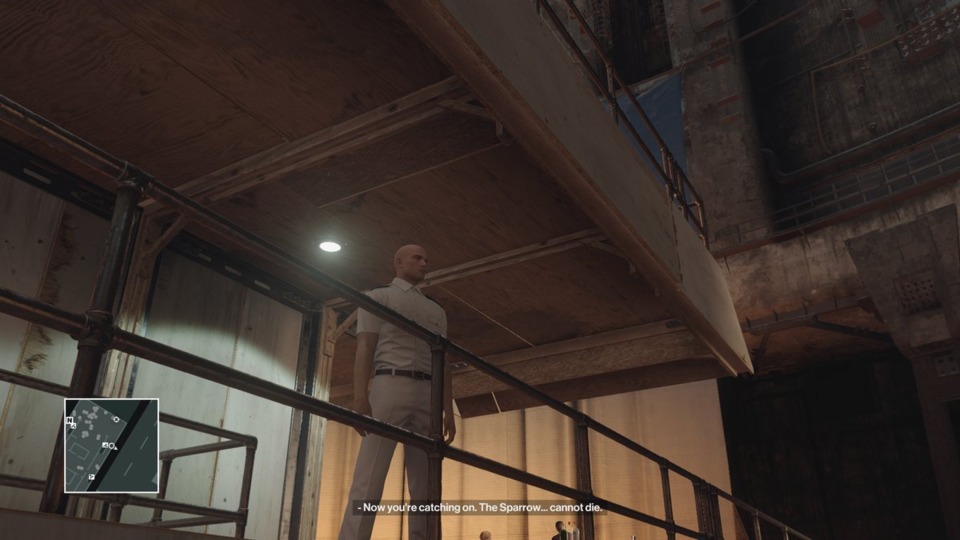
The Russia exam map recreates a classic Cold War black op with the narrative reasoning that the head of the ICA based it on a mission he himself narrowly completed back when he was an agent in the 1970s with the intent of giving this untrustworthy new rookie an exam so challenging he couldn't possibly complete it. It's another relatively small level: a single aircraft hangar with offices on the first floor, and a surrounding car park and guard station. The whole stage puts you in trespassing mode - while you're often harmlessly escorted out of such areas if you get spotted, in here they just shoot you because it's meant to be a Russian military base in Cuba - so you really need to be fast in procuring a disguise and finding the target. Fortunately, almost any disguise gives you free reign of the base. The target, an obnoxious American chess grandmaster, is usually escorted by a guard and the local KGB Colonel. This level introduces Opportunities - guided tours for certain showy assassinations that are really designed to give you an idea of the mischief you can get up to - and so there's a lot of options. You can dress as the Colonel and escort the target to a secluded area for a sneaky execution, find some expensive vodka and poison him with it, mess with the slide projector and electrocute him, or - and I believe every Giant Bomb staff member took this approach the first time playing this map, as did I, as it's almost impossible to miss the NPC conversation that inspires it - set up an ejector seat test and rig it so the chair actually goes off and drops the target from a great height. While this is meant to be a simple map to get players confident enough to try the real thing, it can be challenging if you're trying to avoid using disguises or attempting the restrictive Escalations: you don't earn any mastery XP like you would on the regular missions from going out of your way like this, but it helps bring out the inherent challenge of the level.
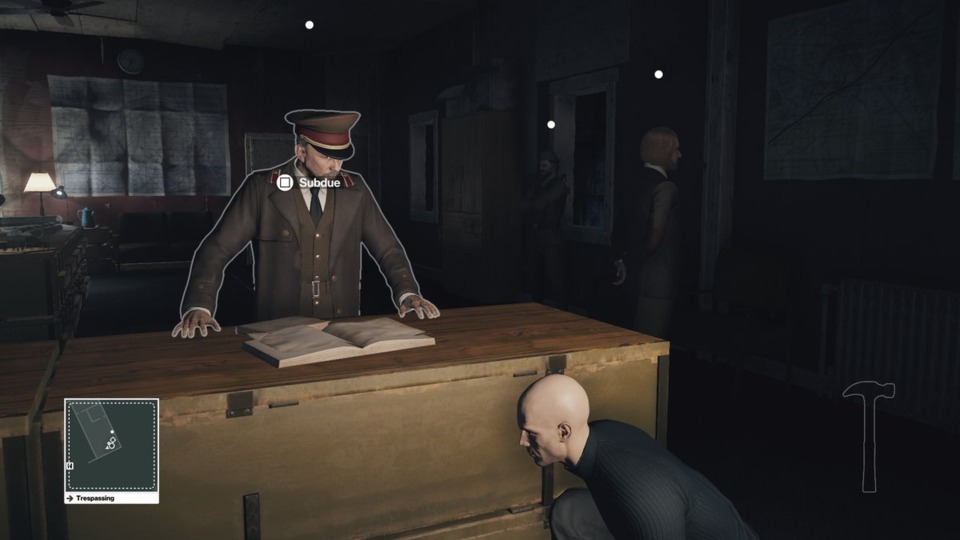
I'll be playing more Hitman in the future, for sure. I imagine the next season will begin before I'm done with this one, such is the speed that they've been putting them out, but at least I can now take part in the zeitgeist that seems to have wrapped up the entire site. If it doesn't make GOTY for Giant Bomb, I'll honestly be surprised.
Axiom Verge
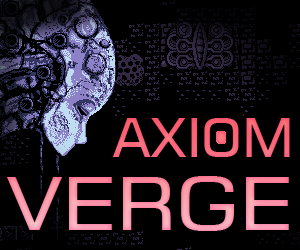
You know, I'm not sure what I was expecting from Axiom Verge. The internet collectively went a bit nuts for this pixel-based SpaceWhipper last year, to an extent I rarely see for an Indie pixel game of this genre. I love them to bits - see last week's Sunday Summaries on Momodora: Reverie Under the Moonlight, a similar case to this - so I was going to dive into this one regardless, but it seems very... well, ordinary. In a giant crowd of ordinary.
Don't get me wrong, it's a well-made one of these. The game presents a huge number of weapon modifications that modify the spread of your core weapon's output, though it doesn't quite get into crazy mix-and-match combinations. The music's fine and atmospheric, though the sound effects are a bit grating with their low-fidelity drills and boops. The aesthetic is particularly striking; it recalls a lot of H. R. Giger's less famous work with serene female faces surrounded with black-tinged biomechanical gubbins, which you might also see in something like Cyberdreams's Dark Seed graphic adventures or the PC Engine game Jaseiken Necromancer - such was the Swiss master of the macabre's widespread appeal that his influence can be seen in both Western and Eastern games, even beyond the usual xenomorphs. The story's on the philosophical side, and deals a lot with the role of the protagonist and the nature of the alien world he finds himself in after a lab accident, not too dissimilar to the plot of Another World (and I want to say that was one of Axiom Verge's more deliberate references).
One significant aspect is how the game allows you to "glitch" reality. It's where the deliberately old-school presentation - hovering between 8-bit and 16-bit, depending on the area - works to the game's advantage. Graphically, everything could feasibly appear on an old console, except for the glitch effects: these might also be seen while playing an old game tape that hasn't been cleaned in a while, sure, but it wouldn't be intentional like they are here. The game plays with its biomechanical world by suggesting that the setting - an interdimensional pocket named Sudra, claimed by its inhabitants to be poised between our universe and one that has seen much greater technological advancement - is actually sitting between a physical world (ours) and a digital one. That the line between physical flesh and blood and digital code is blurred in this place, and that the "breach", which is essentially static white noise made manifest as damaging airborne particles, surrounds this world like a maelstrom of inscrutable chaos. The glitching also makes a strong impact on the gameplay, with the player eventually collecting a type of weapon that can glitch enemies and the environment for various beneficial effects. A glitched enemy might move slower, fire less frequently, float around harmlessly or simply cease to be corporeal. Likewise, glitchy platforms and walls will impede exploration, until they are turned "off" (or "on"). The player picks up a few other means of travelling through areas they couldn't reach before - it wouldn't be much of a SpaceWhipper without this element - but none of them are as noteworthy as the idea of fiddling around the with the nature of reality, as a scientist who might visualize this strange world as being part machine code.

Overall though, the game follows the Super Metroid template to a T, more than any other Indie SpaceWhipper I've played in recent memory. The dark and claustrophobic atmosphere, the hostile alien lifeforms that populate the planet, the equally alien and occasionally fragile structures that surround each room, the mysterious sapient beings that appear to help and hinder the player in equal measure, and the gameplay's focus on firepower and the drive to improve it in order to weather the hazardous distances between checkpoints, or boss encounters.
Like I said, this is a great game. It has a number of wonderful surprises both mechanical and narrative in nature and controls fluidly with a brisk movement pace that increases as you procure more traversal power-ups, with the few button-specific commands never growing in number to the extent that you can barely keep up with which button does what - an issue that plagued Guacamelee and a handful of others. Keeping genre fare like this simple is essential to the lasting appeal of the format, which should be obvious when creating a game in a sub-genre made popular back when there were fewer buttons to worry about, and Axiom Verge handles that paradigm without having to sacrifice any of its novel twists to the formula. But formula is what it sticks to, more or less, and while I can concur with the richly deserved appeal it garnered from the mainstream, I'm still left slightly perplexed by it. It's an Indie SpaceWhipper, guys. You know these things are everywhere, right? Or am I overstating just how much everyone was talking about this thing last March? (It didn't make Giant Bomb's top ten, so perhaps so.)


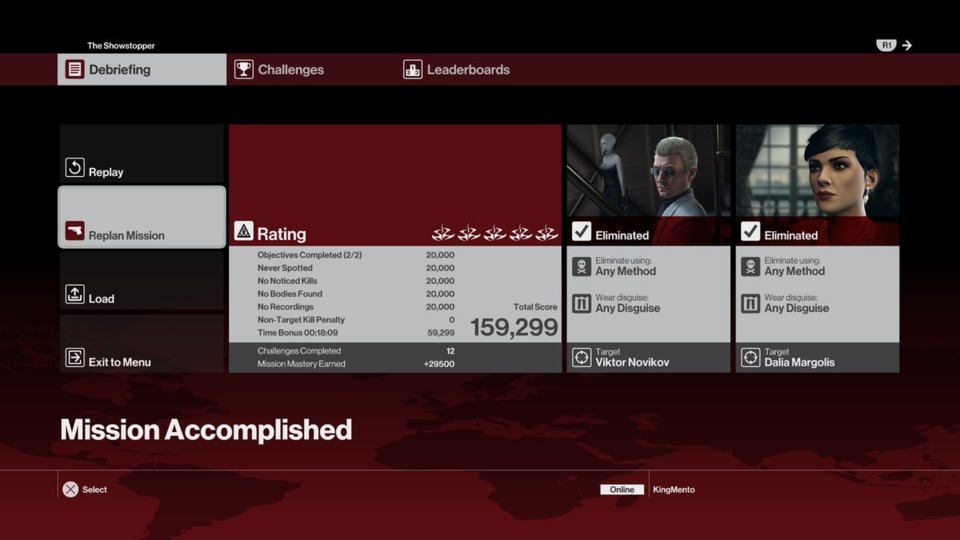
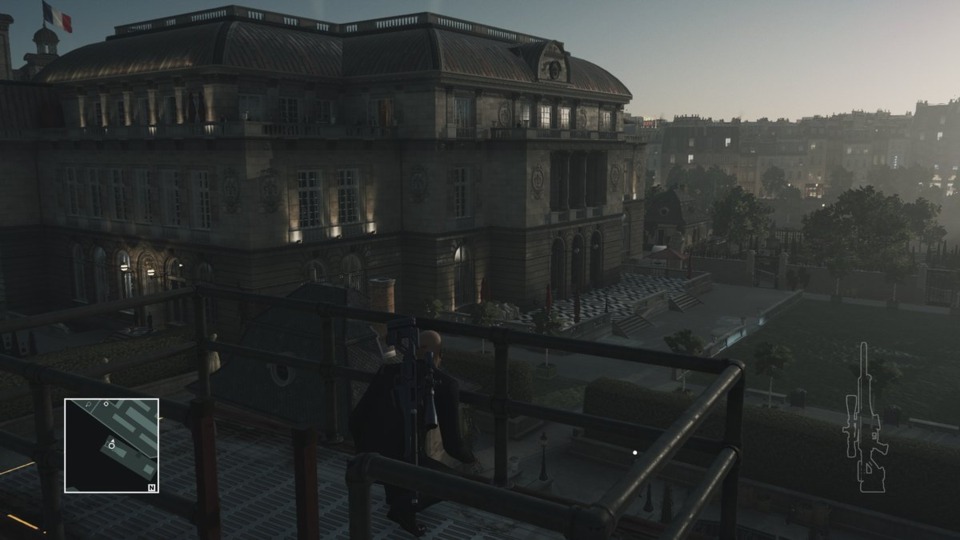

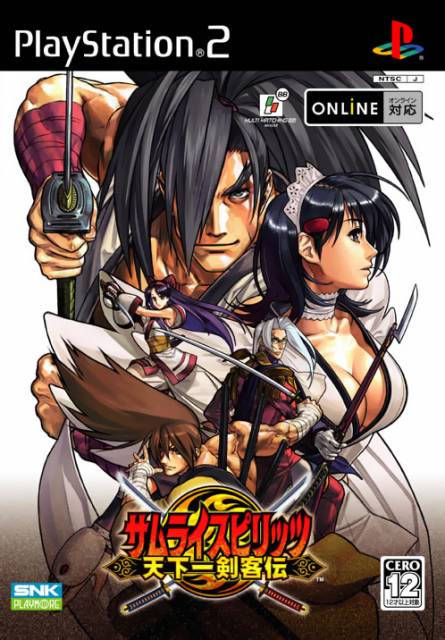




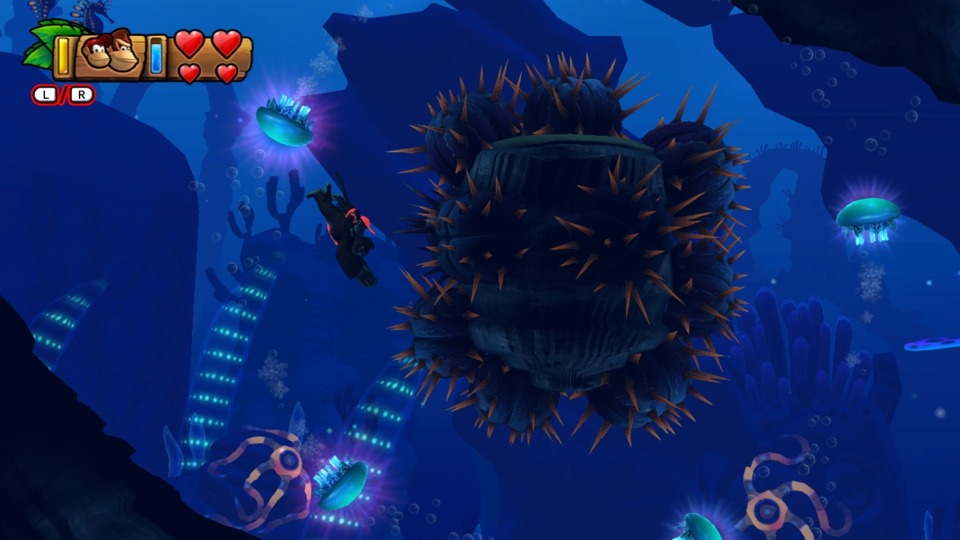
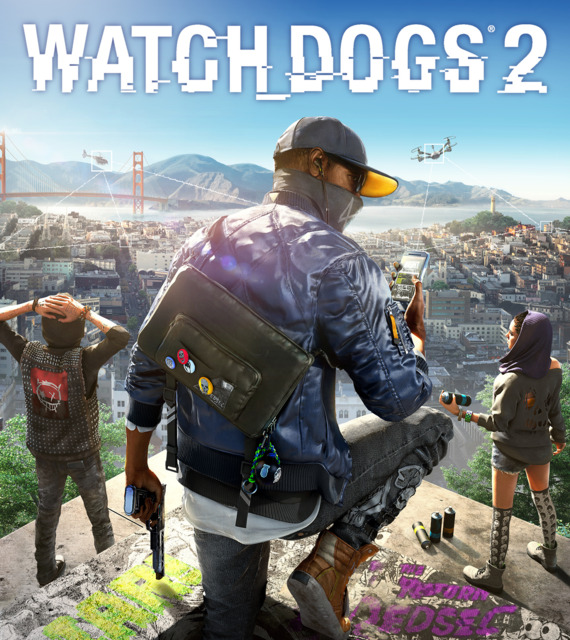
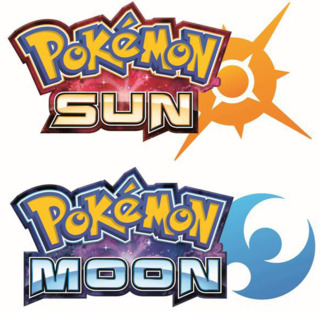
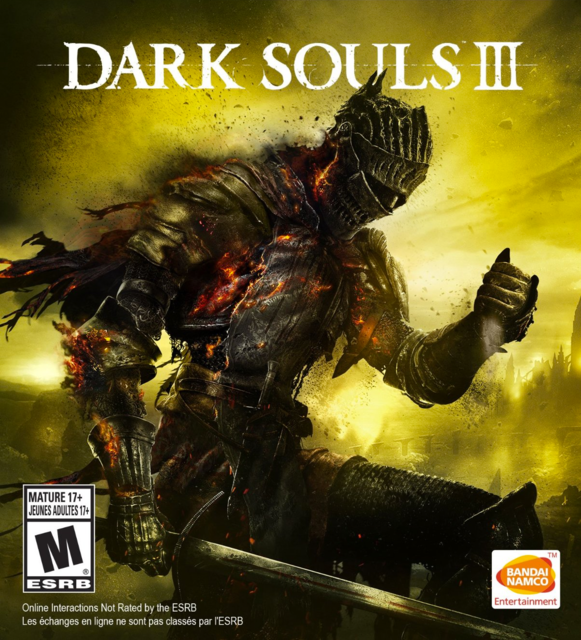
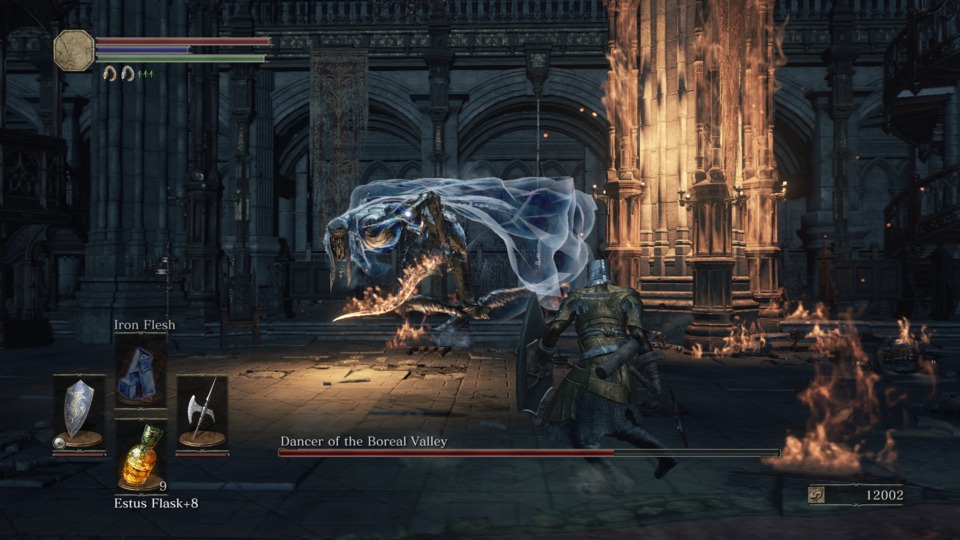
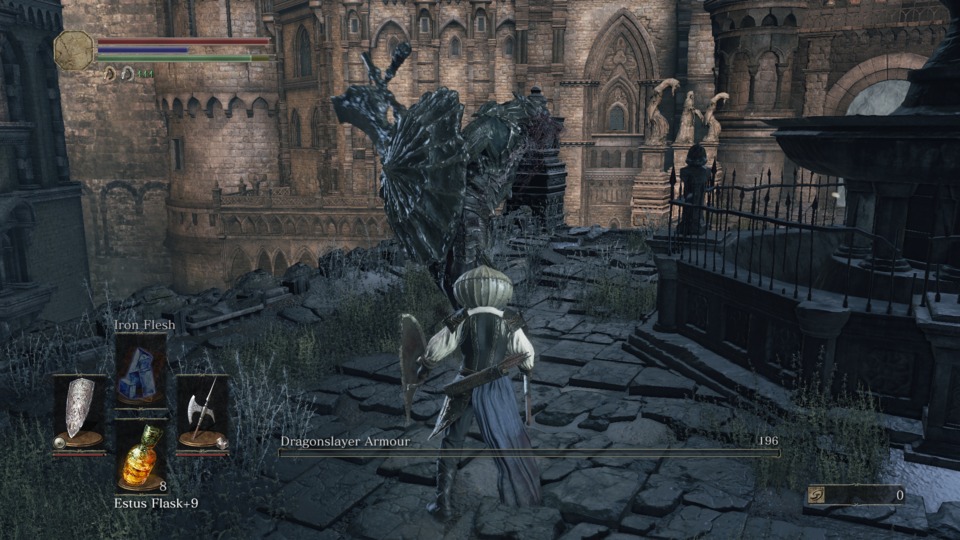
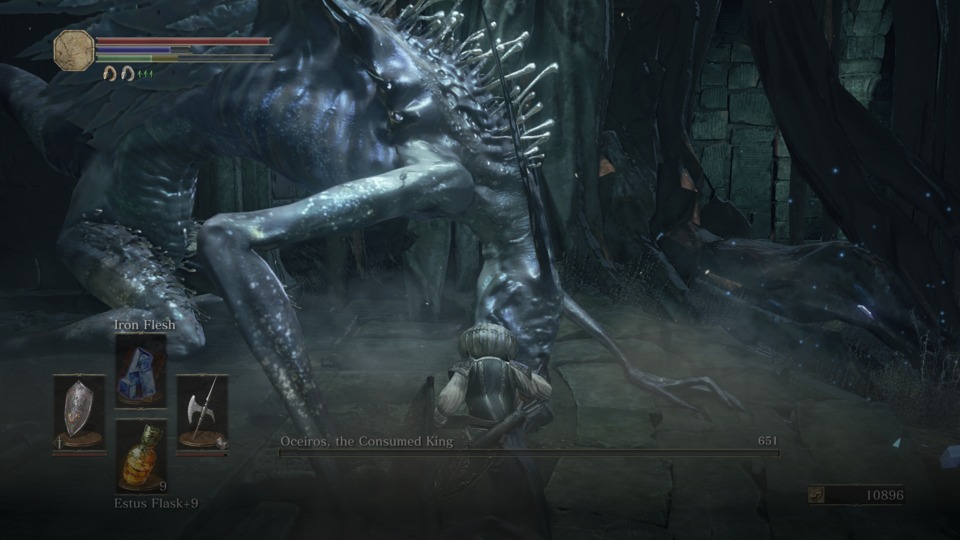
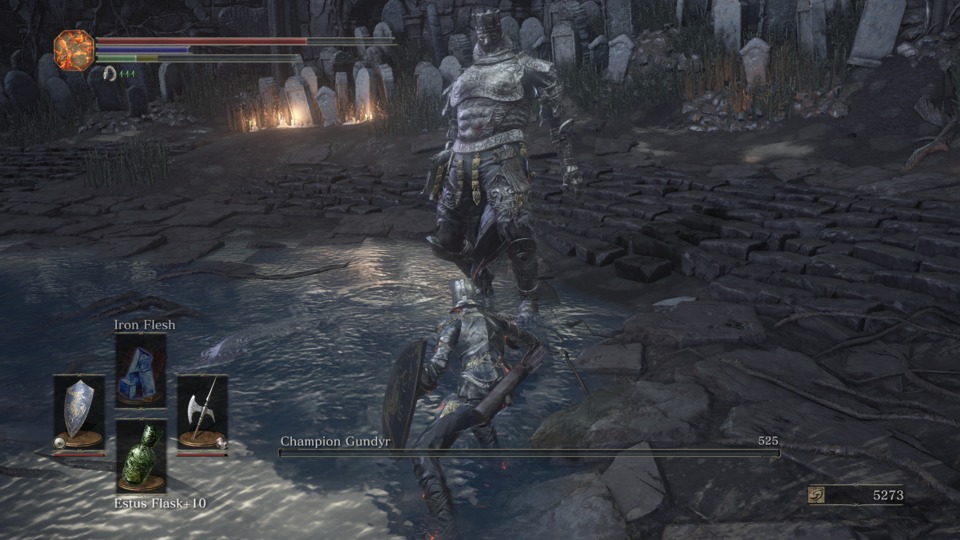
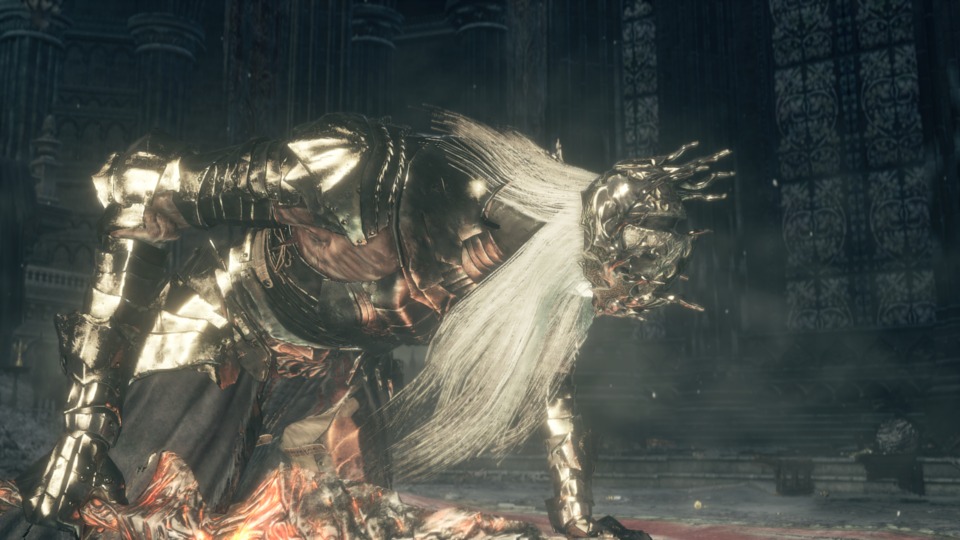
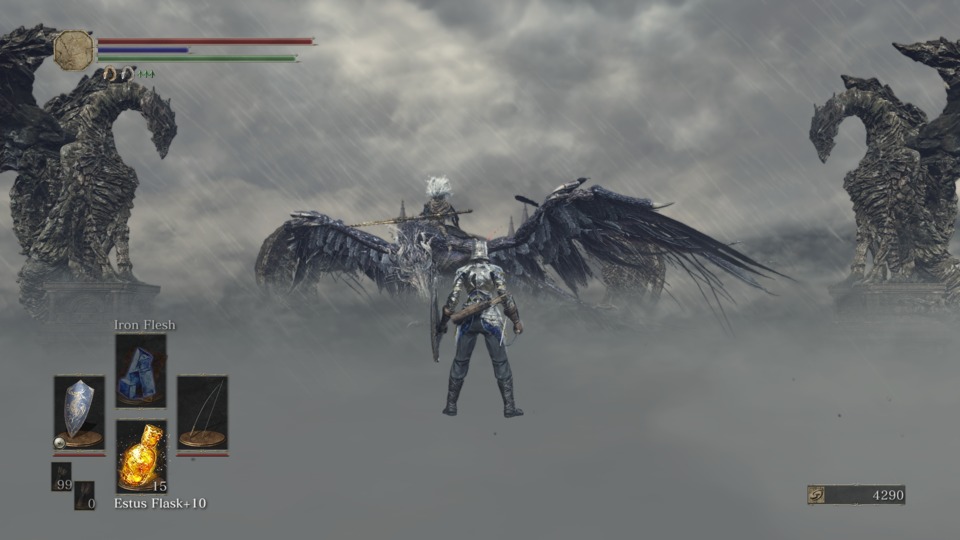
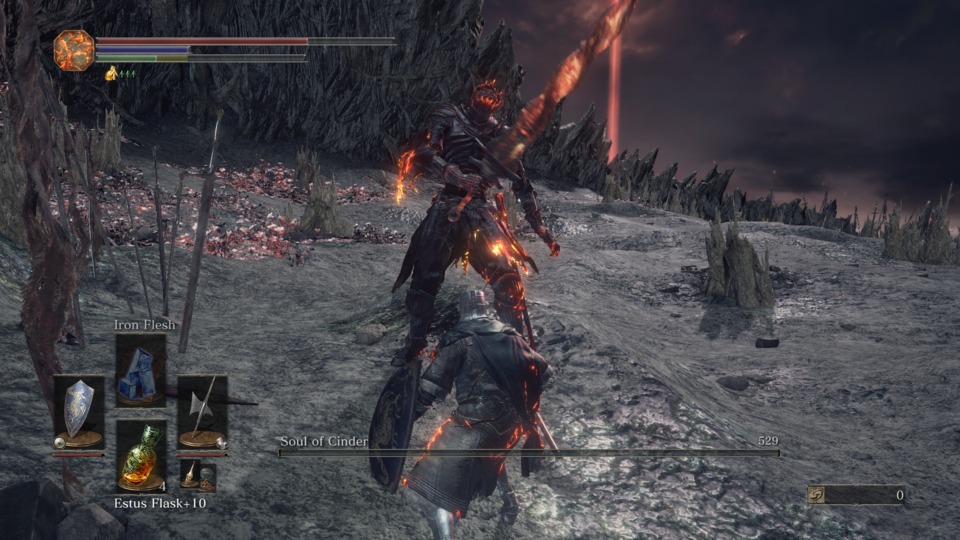

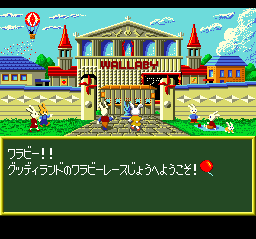
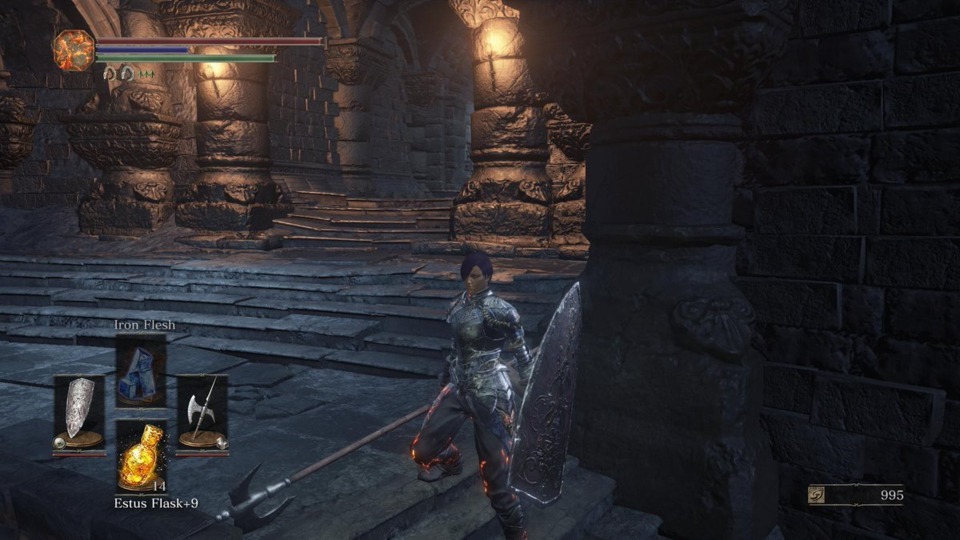
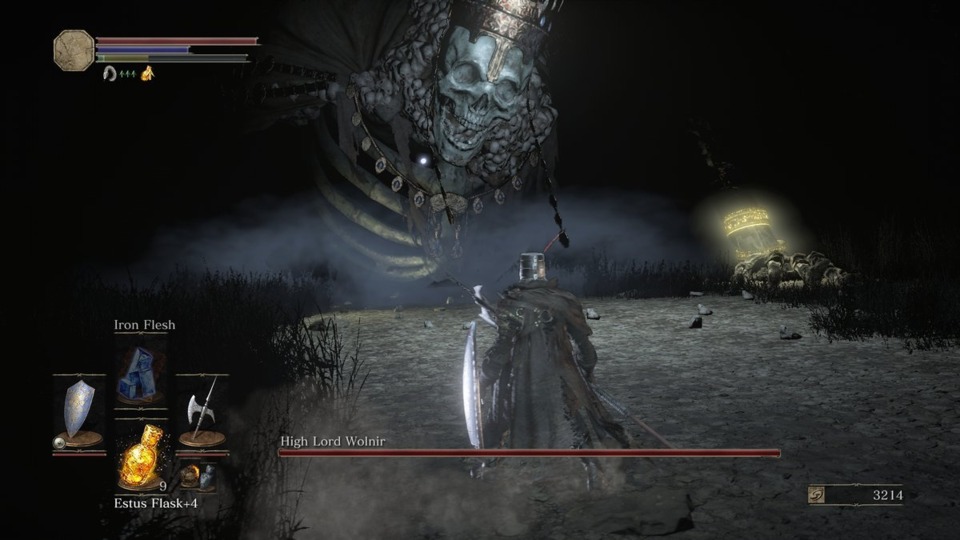
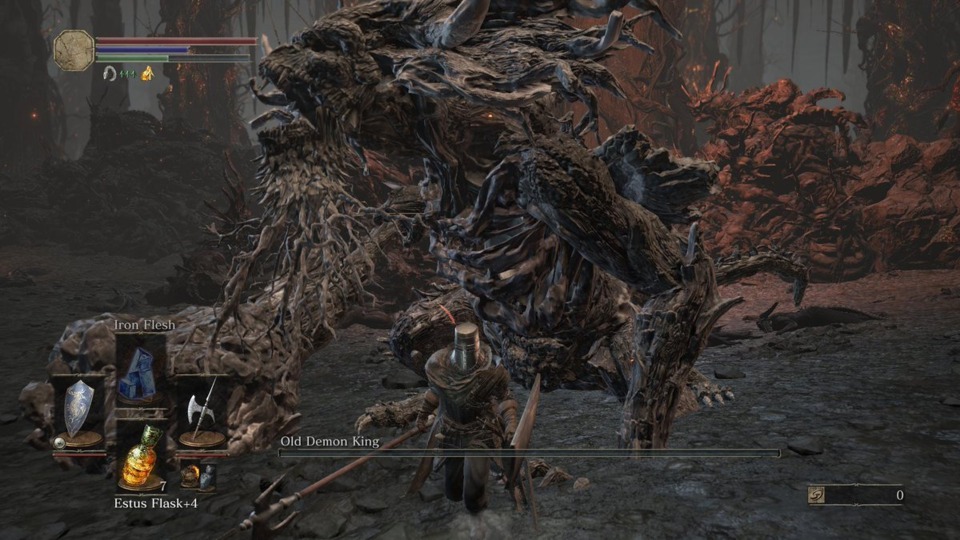
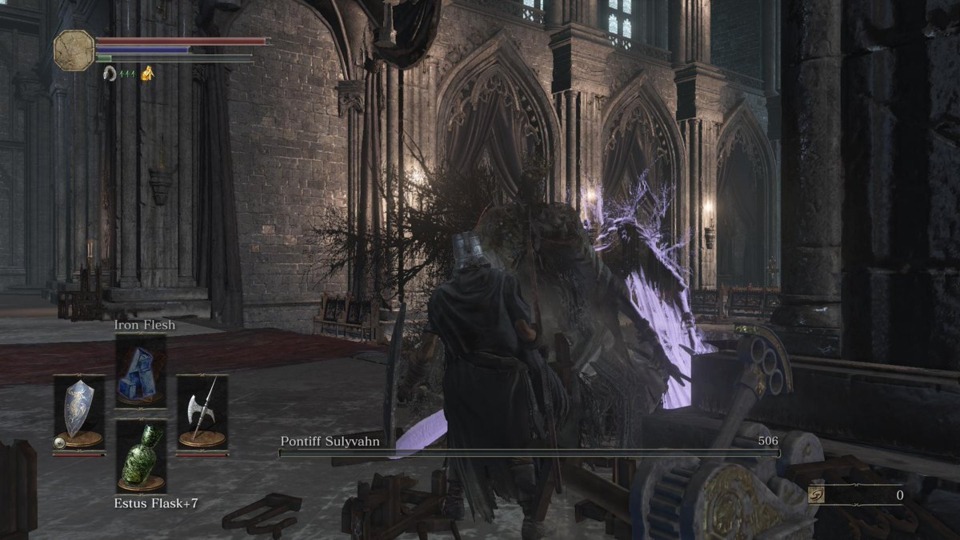

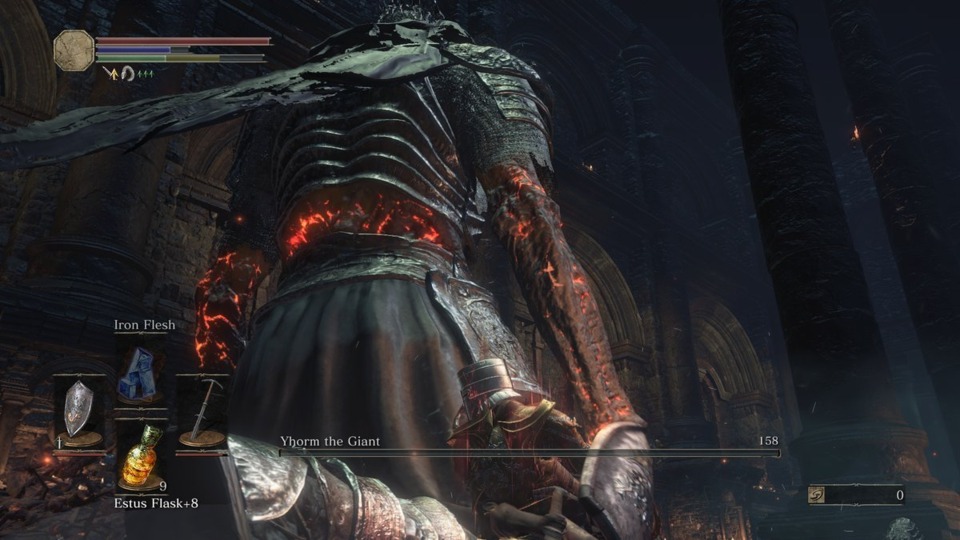
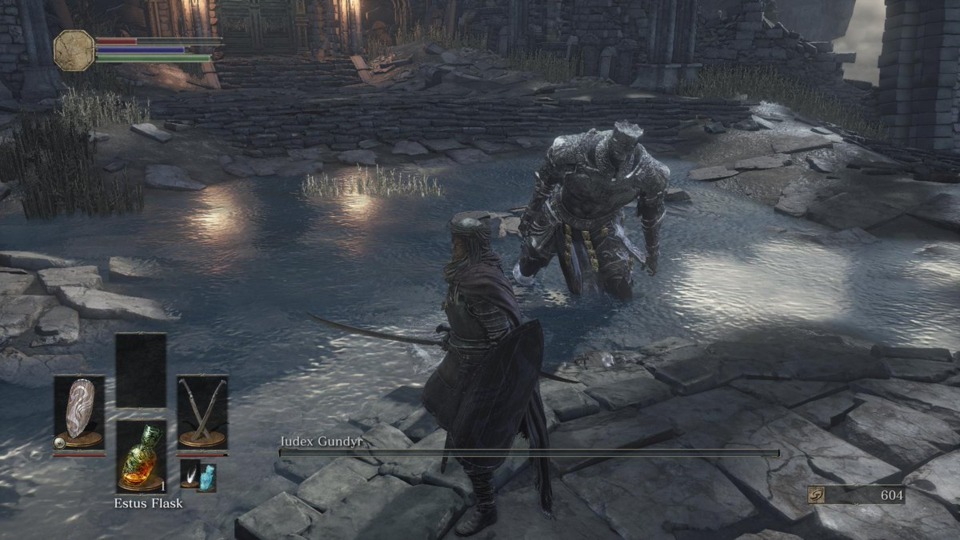
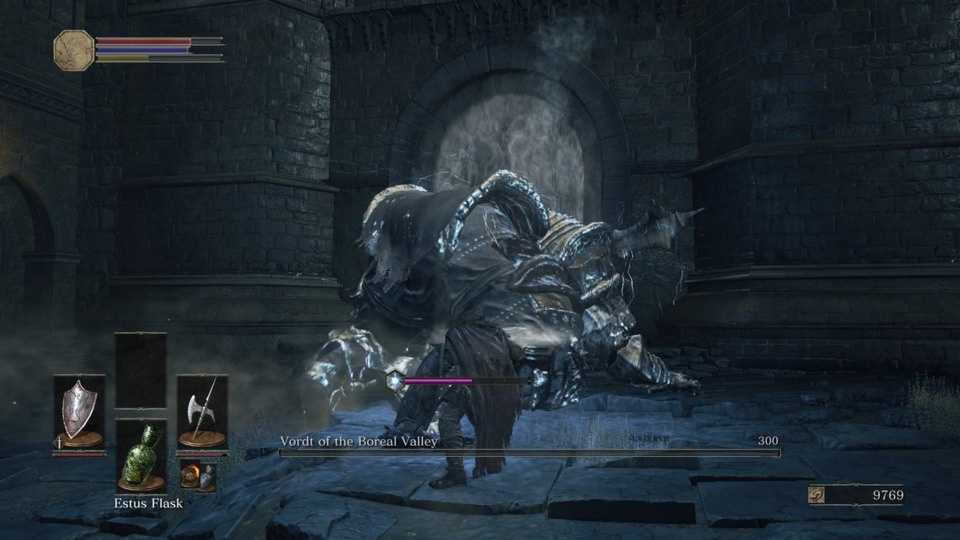
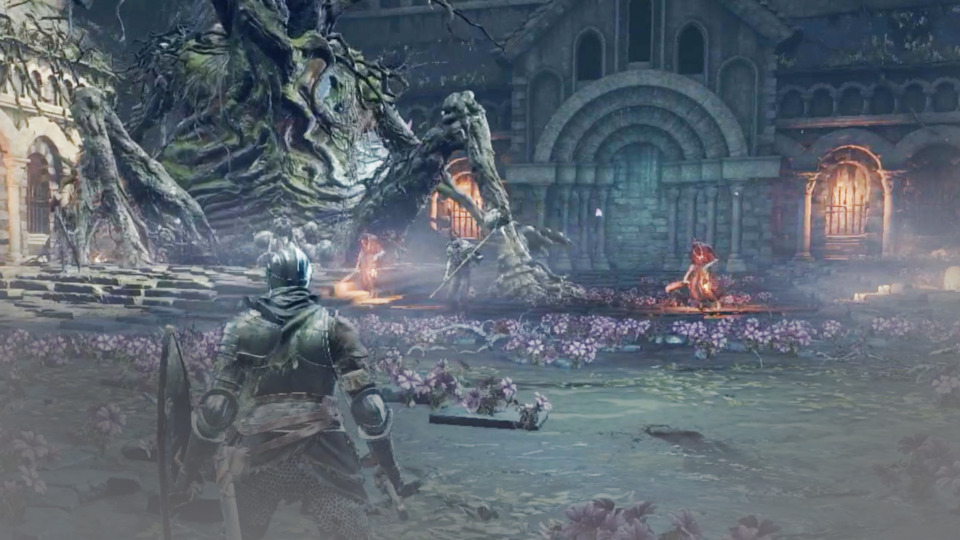
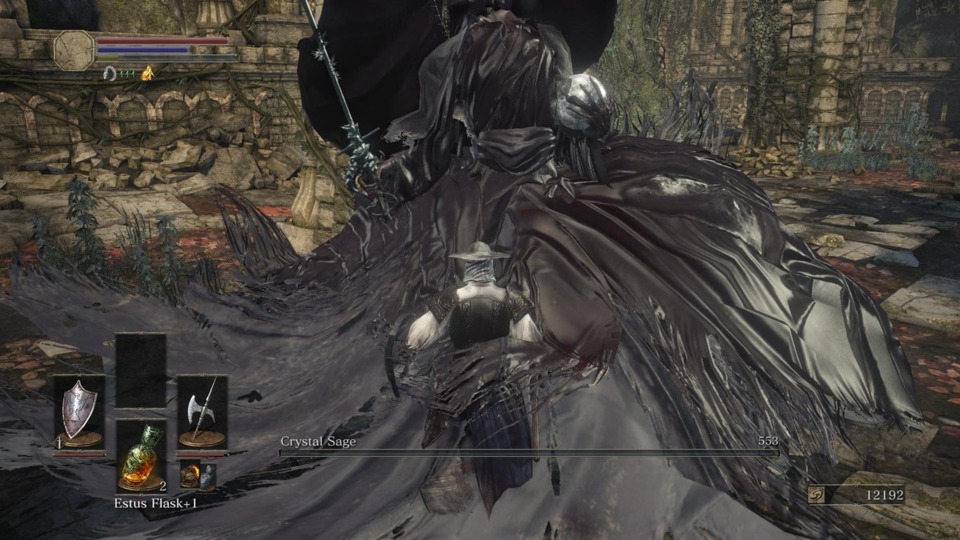
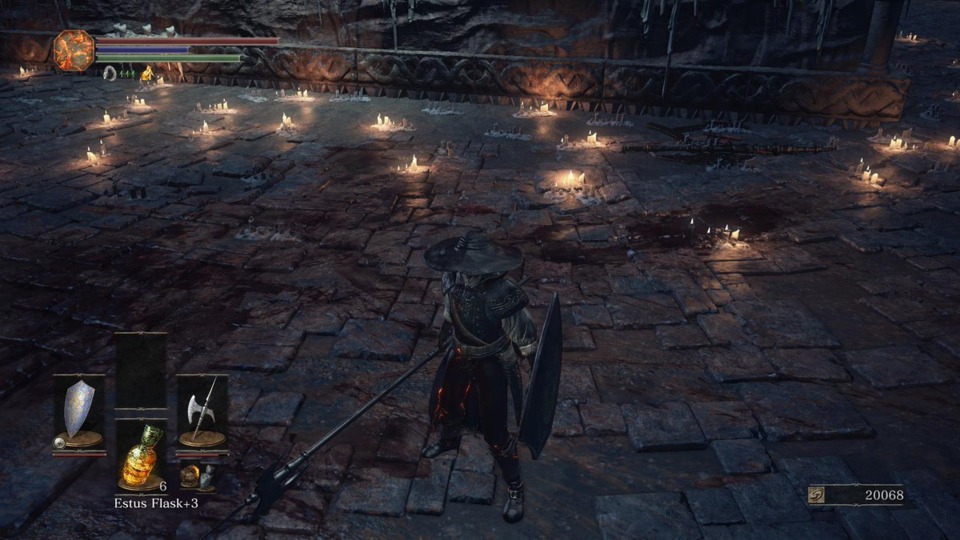
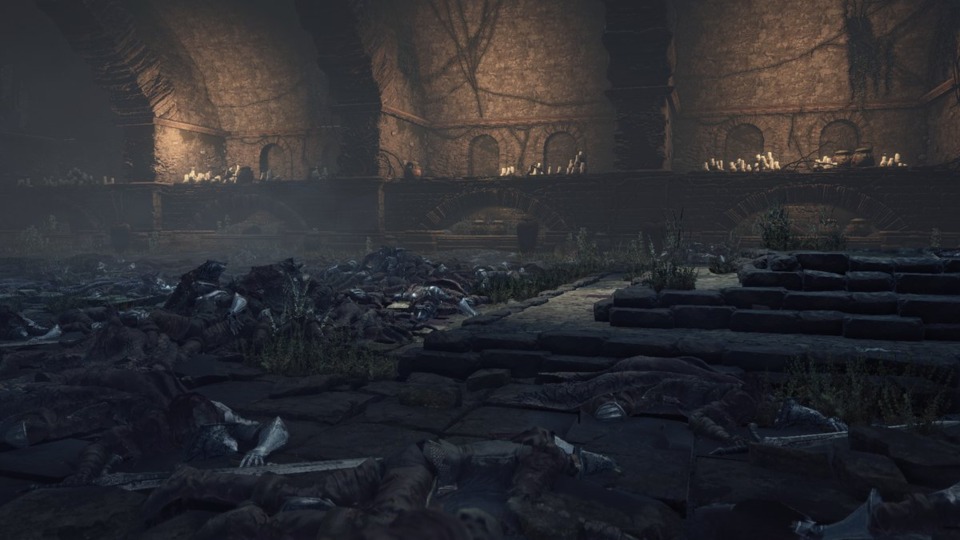
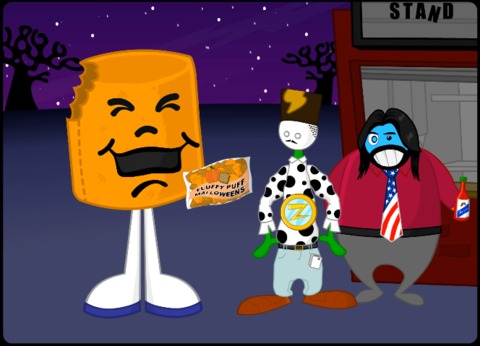
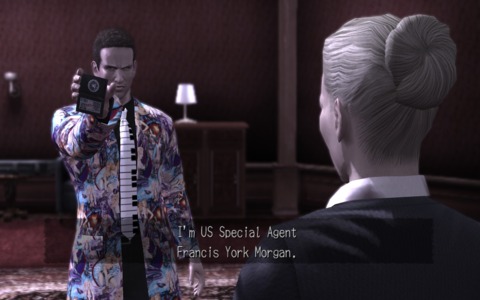
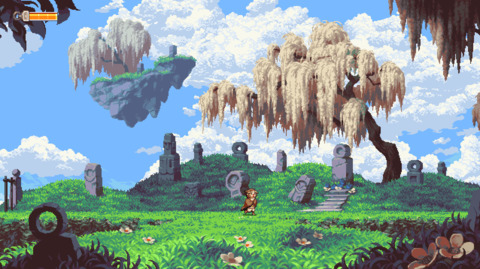

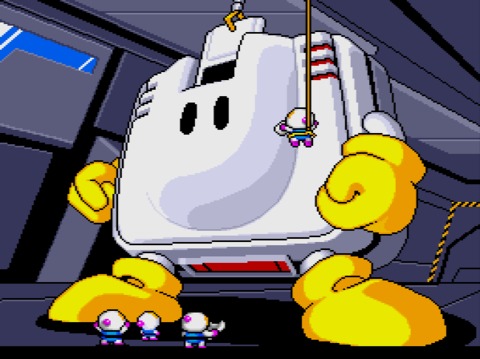
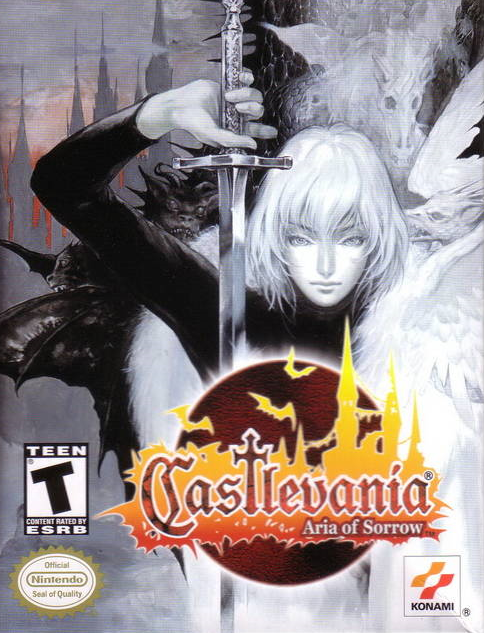
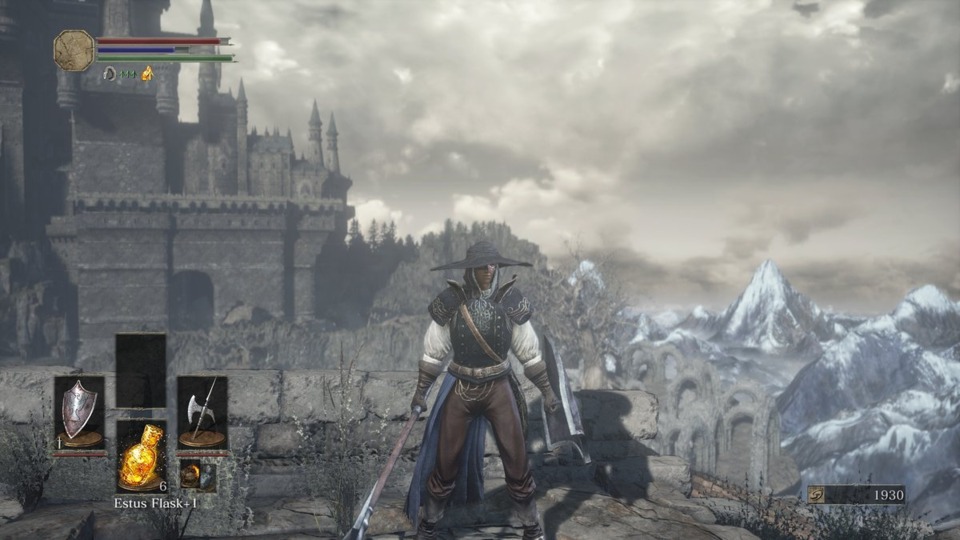
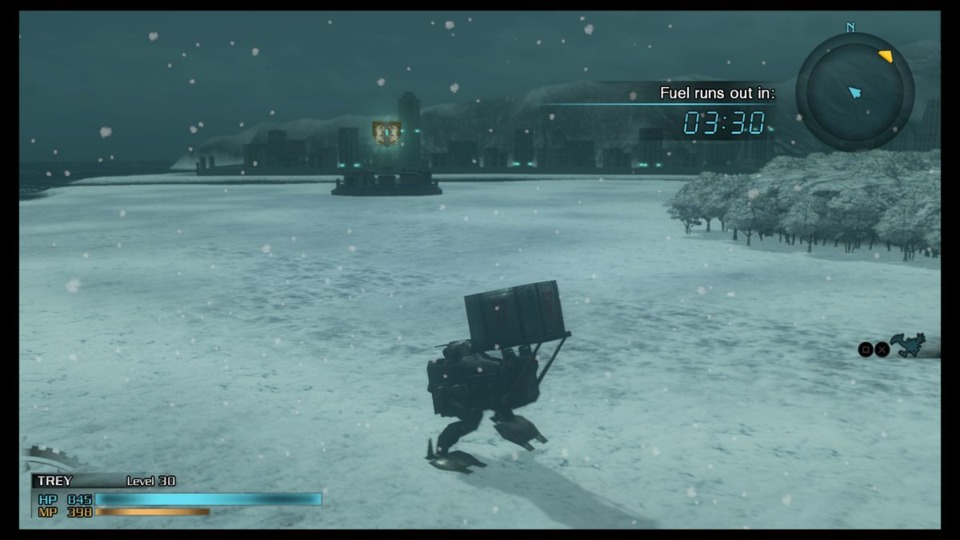
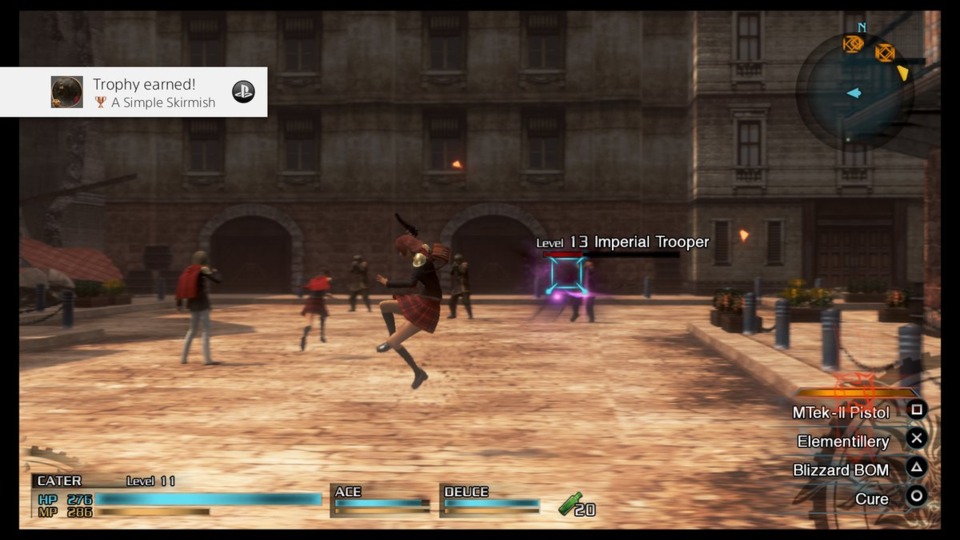

Log in to comment